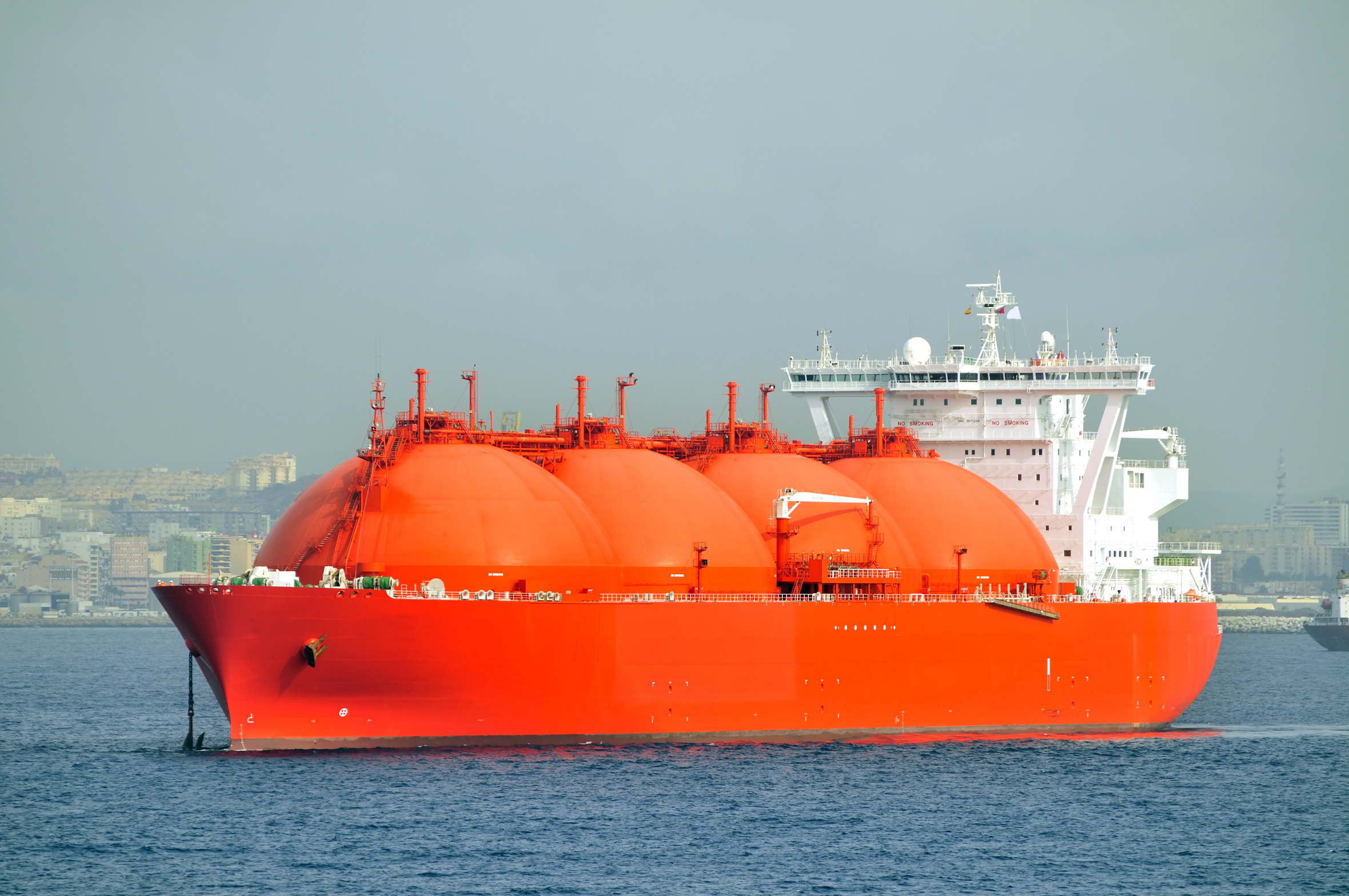by Ann I. Aurelio
 Liberty Natural Gas is proposing a plan to build a deepwater liquefied natural gas (LNG) port off the shores of Jones Beach. It would be near New York Harbor shipping lanes as well as an area where an offshore wind energy project has been proposed.
Liberty Natural Gas is proposing a plan to build a deepwater liquefied natural gas (LNG) port off the shores of Jones Beach. It would be near New York Harbor shipping lanes as well as an area where an offshore wind energy project has been proposed.
While the LNG project is being promoted as an import facility, it could easily be turned into an export terminal, conveniently supplied with the natural gas extracted by hydro-fracking the Marcellus Shale formation in upstate New York.
WHAT is liquefied natural gas?
Liquefied natural gas is natural gas that has been super-chilled to -260 degrees, turning it into a liquid that is 1/600th the original volume of gas. It is clear, colorless, and extremely volatile. This gas is compacted so that large volumes can be shipped overseas. LNG should not be confused with gasoline or compressed natural gas.
WHO is Liberty Natural Gas?
Liberty Natural Gas is a foreign energy interest—the corporation may be licensed in Delaware with an office in New York City, but it is managed by an investment group in Toronto, Canada, and entirely owned by a bank account in the Cayman Islands. There’s no way of determining whether this investment account owns anything else.
WHAT is Port Ambrose?
Liberty’s “Port Ambrose” is a proposed deepwater port for the import or export of liquefied natural gas. In liquid form, LNG can be shipped across the world and sold to the highest bidder. That would raise the price of domestic natural gas and undermine the industry’s claim that developing shale gas will make the nation energy independent. The port would allow LNG vessels (which are as long as the Empire State Building is tall) to directly connect to the region’s natural gas system.
WHERE will this port be sited?
The port would be located near the entrance to New York Harbor, in two active Coast Guard training areas, in the middle of a proposed offshore wind area, and among several fishing areas and wildlife migration routes. The port, south of Jones Beach and east of Monmouth Beach, N.J., would be connected to an offshore pipeline just south of New York’s Atlantic Beach.
HOW do Port Ambrose and natural gas exports affect me?
Among the environmental impacts, the port would discharge 3.5 million gallons of chemically-treated seawater used for pipe tests, generate significant underwater noise pollution, and dredge up more than 20 miles of sea floor. LNG exports, according to government projections, will drive up costs of manufacturing and electricity and increase the intensity of hydrofracking for shale gas expansion—leading to even more pollution impacts. Port Ambrose will affect all clean ocean uses: fisheries, diving, recreation, tourism, and boating, as well as shipping, planned offshore wind facilities and even air traffic.
If you would like to join Sierrans in the Atlantic Chapter’s fight to block Port Ambrose, contact the Chapter’s Natural Gas Task Force or the Long Island Group.
Ann I. Aurelio is vice chair of the Long Island Group.